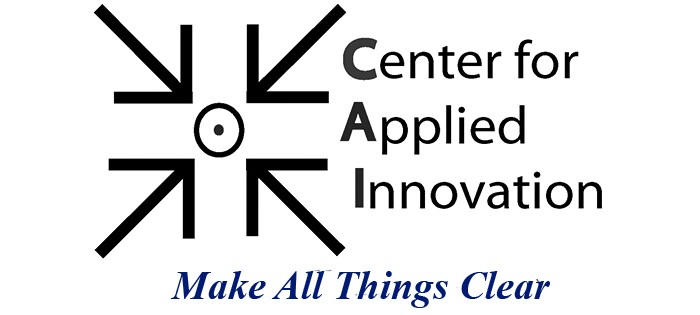
Research
The Center for Applied Innovation conducts a variety of Qualitative and Quantitative research and analysis for our customers using a variety of methodologies.
Our qualitative research utilizes methods of inquiry employed in disciplines including the social sciences, and also market research. Qualitative researchers gather an in-depth understanding of human behavior and the reasons that govern such behavior. We specialize in human factors research and analysis investigating the why and how of decision making, not just what, where, when. We have special expertise in human cognition and complex teams systems particularly regarding the effects of stress and operating effectively in high stress environments.
Our quantitative research involves systematic empirical investigation of social phenomena via statistical, mathematical or numerical data or computational techniques. In doing so we develop and employ mathematical models, theories and/or hypotheses pertaining to phenomena. The process of measurement is central to our quantitative research by providing the fundamental connection between empirical observation and mathematical expression of quantitative relationships. We have particular expertise in Measures of Performance, Measures of Effectiveness and related performance and predictive analysis as well as dendritic analysis.
Analysis
CAI uses a variety of analytic tools and methods to solve customer problems. Our overall approach conforms to a multi-measure, multi-method framework in which a combination of objective and subjective measures, couched within both quantitative and qualitative analyses, are utilized to address questions in a variety of areas. CAI staff has expertise in a host of research domains. These run the gamut from basic experimental design, under randomized conditions; to quasi-experimental situations, where some control is possible; to field research, where naturalistic observation is the most feasible method available.
We have extensive experience with a broad range of quantitative and qualitative analytic methods. Quantitative techniques include: univariate and multivariate analysis of variance, linear and nonlinear regression, trend analysis and interrupted time series designs, factor analysis, and in-depth statistical modeling (e.g., Bayesian, maximum likelihood). On the qualitative side, CAI has performed a host of proven and innovative analyses, including: content analysis of verbal protocols, surveys, critical incident interviews, focus groups, and state-of-the-art program evaluation techniques in which process and outcome measures are linked. In all these analyses, CAI has the capability to develop customized metrics that capture the essence of human performance within any type of complex system.
Studies Approach
CAI provides employs a methodology that balances the need for factual detail and cogent analysis with the need to make the most efficient and effective use of available resources, especially time. We accomplish this through a totally integrated organizational structure and an open and flexible approach. Moreover, the products to be delivered will clearly focus on customer concerns and those aspects of the project most useful to the establishment of an optimal solution.
We execute study tasks using a proven results-oriented approach starting with our Data Collection Analysis and Research Plan. Before we start our study team provides customers with a draft plan we can fine tune through customer coordination. The immediate benefit is that you will not have to wait for a contractor to develop draft implementation before realizing return on your investment. The CAI is ready to start day one!
We will accomplish all work through a totally integrated organizational structure and approach with a method that balances the need for sufficient information to support workload tool development while at the same time representing efficient and effective use of resources. Overall, our Integrated Project Methodology (IPM) is comprised of five major activities.
